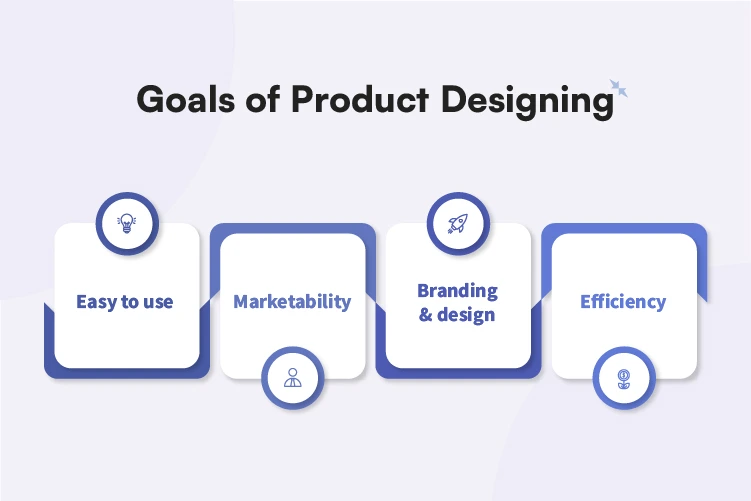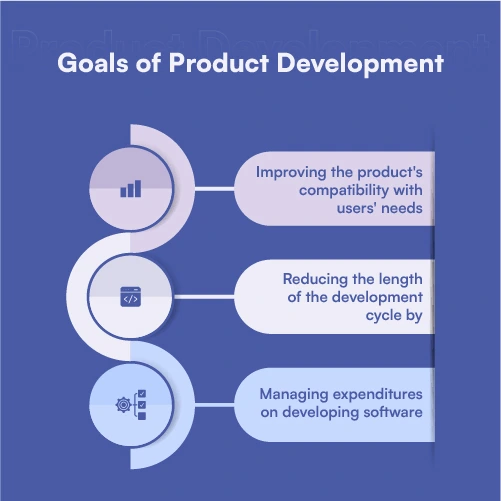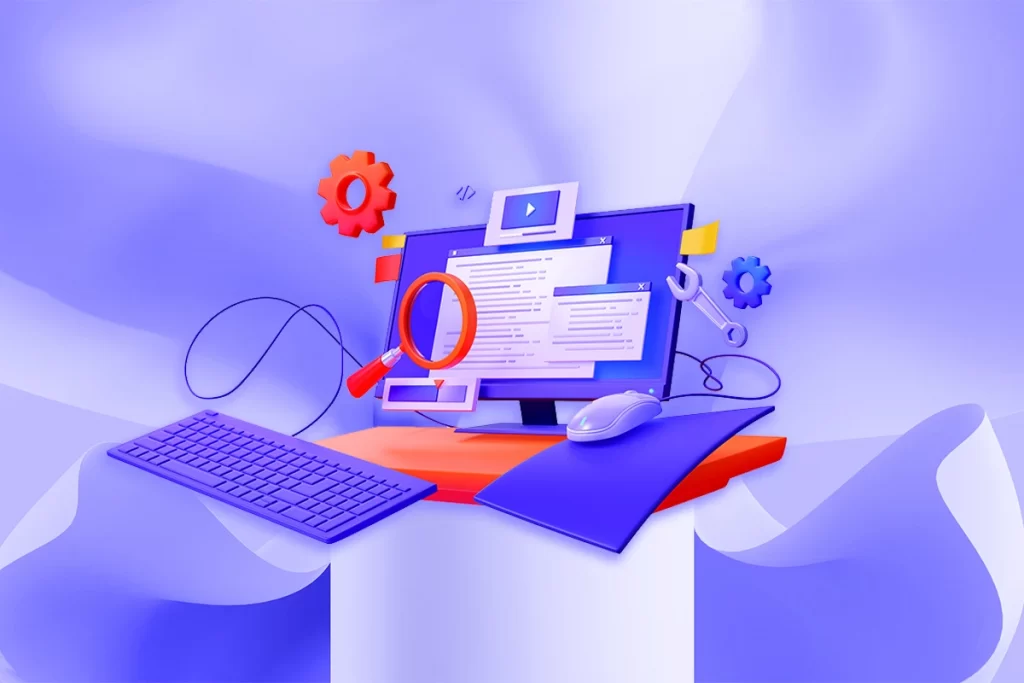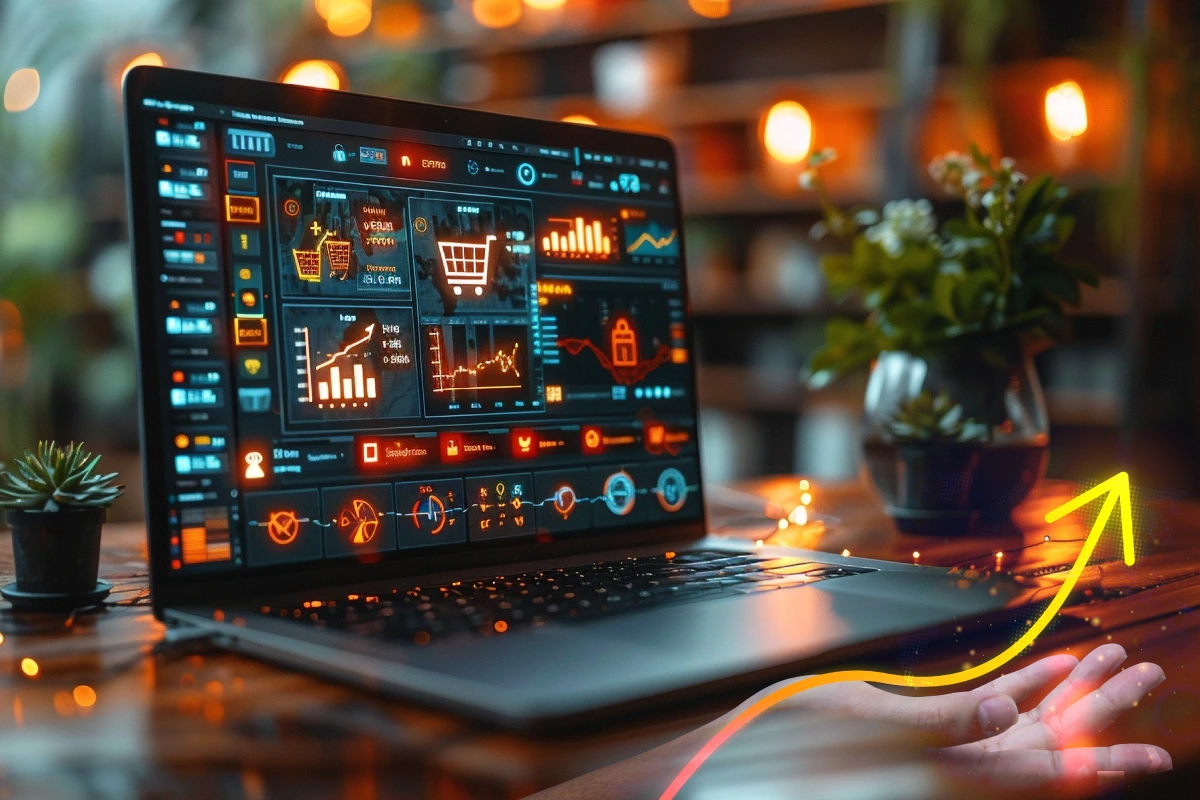Think about all the things you use on a daily basis. Anything from a handful to a few hundred, depending on whether one counts physical items like video games and mixer-grinder or virtual ones like apps and software. All of these are the results of a product designer’s vision.
Until recently, the term “product” solely referred to anything you could buy in a physical store. But now, digital products, like websites and mobile apps, are now included in the definition of “product” and the product design process. UX designers are product designers who specialize in making digital products easy to use. Keeping this in mind, great products have many aspects, one of the most significant of which is their design, which affects everything from the user experience of digital applications to the ergonomics of an executive chair.
Design is the sum of all the factors that influence how a product is experienced by the user; it provides aesthetic and practical benefits that appeal to the mind and the heart.
Great products start with solid design concepts and decisions taken during the early stages of development and design have a significant effect on usability, accessibility, desirability, and practicality, making this a crucial moment for any business.
For this reason, it is crucial that we define product design and development solutions and examine their significance.
What is Product Design?
In a study spanning 10 years, DMI found that the S&P Index (Stock Market Index) performance of companies with strong designs compared to those with weak designs increased by 228%.
The term “product” has shifted meaning from physical goods sold in shops to online services accessible via computers and mobile devices. Usability is the primary emphasis of user experience designers. There are many factors to consider while designing a successful product, and design characteristics are essential for the product’s smooth operation. Everything from high-end office furniture to intuitive software relies on excellent design.
Products are designed when their creators imagine, create, and refine them with the goal of satisfying a target market’s wants and needs.
The goal of Product Design is to develop something novel for commercial sale. It entails a range of strategic and operational actions to create and market new concepts. Product designers systematically conceive creative concepts, assess their feasibility, and ultimately create usable goods.
The process of designing and developing a product requires thinking outside the box, the development of prototypes, and iterative testing. The market-specific problems that these goods are meant to fix are articulated with the help of customers.
Why is Product Design Necessary?
According to a survey by Lucid press, your company’s income, and brand recognition might improve by a factor of 33 if your brand had a consistent design across all communication mediums.
In order to provide consumers with a memorable and exciting experience, product design is essential. This means the product’s aesthetic can win over new buyers while simultaneously satisfying existing ones. The design of a product can go a long way toward generating a positive user experience, which in turn increases customer loyalty.
A ballpoint pen or Tupperware is one of the finest examples of product design.
László Jozsef Bró created the ballpoint pen in 1938 as a solution to the problems caused by fountain pens leaking ink or drying out. The invention of the ballpoint pen, which used a tiny ball bearing to regulate the flow of ink, led to the pen’s meteoric rise to fame and fortune.
Tupperware containers were a game-changer for 1950s housewives, but nowadays they’re probably just another thing you have lying around the house. The airtight seal was an exceptionally clever piece of American engineering.
Statista reports, “many companies believe that there is often little to differentiate between several types of products in the 21st century,” leaving only branding as a means of distinguishing one product from another.
Goals of Product Designing

Development cycles rely heavily on product designs that help them anticipate and reduce product faults and production bottlenecks. It’s useful for a variety of purposes, including:
Easy to Use:
Even if you design a perfect product, it may fail if consumers have trouble understanding its most fundamental features and functions.
Marketability:
Products with innovative features and sleek, contemporary looks tend to do well in the marketplace.
Branding and Design:
An absolute must for designing any kind of product. Even if the product is well-designed and serves a real need, its marketing success will suffer if it doesn’t incorporate the brand’s visual identity. Product designers should think about how a drop in brand recognition can affect sales.
Efficiency:
Last but not least, a product’s efficiency can be affected by the design. When something is intended for a specific purpose and then fails to deliver, it may require revision or even removal from sale. The production design is crucial to the success of the final product because it is during this stage that major problems are frequently discovered.
The product design process begins with careful planning and consideration of the finer points before any actual design work is done.
- Having a well-designed product is essential for attracting new customers and keeping existing ones happy.
- In addition to its aesthetic appeal, a product’s utility lies in the value it delivers to the buyer.
- To ensure that the final product is user-friendly, aesthetically pleasing, and profitable to manufacture, product design is an essential component of the product development process.
What is Product Development?
Each company, in order to keep its dominant market position, needs to develop novel ways to introduce a new product. The term “product development” refers to the entire process that begins with an idea and ends with a finished product in the hands of consumers.
Successful products are the result of a multi-stage process that begins with ideation and ends with marketing. Product development includes activities such as researching the market, coming up with an idea, designing the product, making it, selling it, and providing after-sale support.
From concept to final design and manufacture, its primary purpose is to identify issues, evaluate all associated costs and goals, and include problem-solving into its work.
These steps in the product development life cycle will be repeated until the cycle is complete. Simply put, product development is the sum of all its parts, including but not limited to product design.
In its simplest form, product development is the act of conceptualizing and creating brand-new items. It’s a lengthy process from brainstorming to launching in the market.
When new items enter the market, they contribute significantly to the success of a company by boosting sales and expanding its customer base. Understanding the market for which a product is intended helps ensure that it is created with those people in mind. Market analysis from the consumer base provides feedback that is used to make changes.
Why is Product Development Necessary?
A 280-group poll found that 20% of products surveyed did not live up to customer expectations, highlighting the importance of having a strong product vision, a capable product manager, and a successful launch.
Prior to releasing a product to the market, it is essential to design a product development strategy to ensure that the product will meet market demand and will be of the greatest possible quality for your target audience.
The most beneficial products contribute to a better society in some way, whether it be through the product itself or through the creation of new jobs and tax revenue.
Netflix is one of the best examples to understand the role of product development. It started out as a DVD rental service, but it has since become one of the most widely used over-the-top (OTT) video streaming services available. They saw a gap in the market and created a solution, which allowed them to raise prices and bring in more money. This has made them one of the most well-liked OTT streaming platforms available by allowing them to adapt to the needs of their audience as it evolves.
New product development can increase a company’s market share and lead to expansion, resulting in stable financial growth and long-term viability. It’s true that it may take a long time for a product to go from its initial concept to the point where it’s suitable for mass production and distribution. That’s why it’s crucial to have a strategy in place for the future of any product, new or old.
The most important aspect to keep in mind is that design is for people, not goods. Designing fantastic products requires focusing on the proper features, user experience, and target audience. So, first identify your demographic, then learn about their pain points, and then, concentrate on developing a solution to those issues!
Goals of Product Development

Successful new product development requires balancing three often-opposed objectives:
- improving the product’s compatibility with users’ needs,
- reducing the length of the development cycle by
- Managing expenditures on developing software.
Product Design vs Product Development
As organizations strive to keep up with the ever-evolving demands of their clientele, product development is no more a discrete procedure but rather an ongoing lifecycle.
| Product Design | Product Development |
| Product design is only a part of the design cycle.
entails extensive product design, verification, and validation activities |
A product’s development spans its whole lifespan. This begins with researching the market and ends with releasing the product to the public. |
| The product designer must obtain approval from the developer. However, he is limited in his ability to oversee the implementation of his designs. | The developer is responsible for overseeing the entire process. |
| Product design is where the decisions are made after taking input from many stakeholders. | The development stages are when all important decisions are made about marketing, financing, sales, and logistics. |
| In the product design phase, the prototype is created. | The developer evaluates it at this stage, and the results become the foundation of the final product. |
The technical workforce of the design team includes:
|
New product development involves many disciplines, including:
|
Product design may seem like a subset of product development, but it’s just as important. If you don’t put the time and effort into researching and designing your product, there’s a good possibility it won’t perform well in the marketplace.
Conclusion:
Successful digital products are built on a foundation of a few basic principles of product design. Among other things, you should prioritize the user’s experience and work to reduce the amount of work required on the part of the user to implement your solution. They need to make all of their actions as natural as possible. To do this, it is necessary to understand and implement the principles of visual hierarchy and consistency.
Finally, keep in mind that your digital product is an ongoing endeavor; just as people and the competitive landscape evolve, so must yours. Decisions should be driven by information on users and products.
Get in contact with us immediately if you’re in need of top-notch Product Design and Development Services.




